Thai Union implements a full range of international quality standards
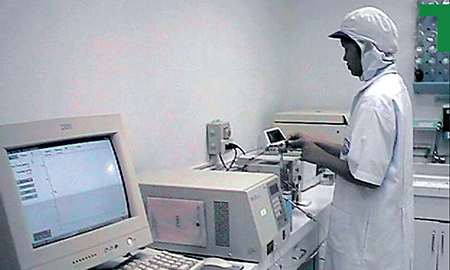
Global production of farmed black tiger shrimp (Penaeus monodon) reached 550,000 metric tons (MT) in 1999, and Thailand shrimp farmers contributed 40 percent (220,000 MT) of this production. Thai production increased continuously over the last few years, from 200,000 MT in 1996 to 220,000 MT in 1997 and 250,000 MT in 1998.
It fell to 220,000 MT last year (a 13.6 percent decrease) due mostly to more stringent government policies on areas authorized for shrimp farming. But the Thai industry forecasts a shrimp production this year of 200,000 to 220,000 MT. Three factors have contributed significantly to the remarkable development of the Thai shrimp farming industry: favorable natural conditions and environmental conservation, government and industry cooperation, and strict quality control.
Natural conditions and environmental conservation
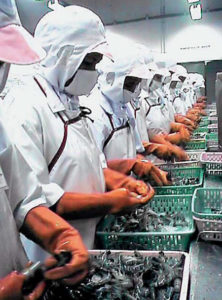
Thailand’s extensive coastline from east to south provides many areas with excellent topography, soils and water suitable for shrimp farming, and its warm weather allows year-round shrimp production.
The Thai government has given the highest priority to efforts to support environmental conservation, because deteriorated conditions caused by pollution adversely affect production. Shrimp farmers know the environment must be protected, and a government ban has been decreed on shrimp farming activities in mangrove forests.
Because shrimp farm effluent can have negative effects on other activities, a law has been passed that prohibits shrimp farming in the plain areas of central Thailand, the main farming region for rice, oranges, and other crops. Due to these restrictions, production of Thai black tiger shrimp declined in 1999. However, this reduced production is seen as only a temporary event, and in the long term better environmental conditions supporting responsible shrimp farming activities are expected to benefit all stakeholders.
Industry and government cooperation
Because exports of frozen black tiger shrimp constitute a key income earner for the country – accounting for about 14 percent of Thai exports – the government has given considerable support to the industry. One of the key measures is the technical assistance provided by the Department of Fisheries and other agencies like the Department of Science. Their efforts and cooperation with the industry have significantly helped shrimp farmers overcome repeated incidents of white spot disease and yellow head disease.
Much of the success of Thailand’s shrimp business is due to the hard work of farmers themselves, who have continually strived to improve their results through programs and recommendations provided by government agencies. They have learned to select healthy fry, manage water quality, and maintain good surivival, despite the presence of serious diseases. Farmers have also worked hard to protect the environment.
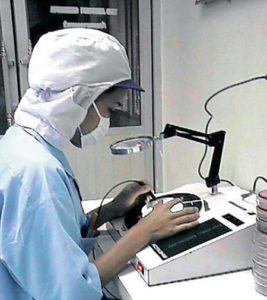
The cold-storage operators and farmers have jointly improved their culture methods and processing techniques to the point that Thai black tiger shrimp have become well accepted around the world. Thai shrimp processors worked very hard to raise their standards in order to be competitive in the world market. They have continuously improved their production standards to gain global certification through programs like Good Manufacturing Practices, Sanitation Standard Operating Procedures, Hazard Analysis Critical Control Point, and the International Organization for Standardization.
Thai Union quality assurance program
Product quality is a most important issue for the seafood industry, because loss of quality is irreversible. Thai Union has spent considerable resources and efforts developing its quality assurance program to guarantee that raw material and finished products meet the highest standards.
Thai Union preferentially buys shrimp directly from farmers, and strictly maintains quality after harvesting and during delivery to its processing plant, where it becomes the responsibility of the processor to maintain the quality.
The following is a brief description of the quality programs to which Thai Union adheres.
GMP
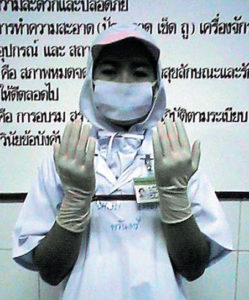
Food processors and packers must have specific Good Manufacturing Practices as their basic standard. Without GMPs, fresh raw material can quickly lose quality and deteriorate to the point that it becomes a health hazard. GMPs are a basic requirement that all processing plants must follow.
SSOP
Sanitation Standard Operating Procedures play an important role in ensuring product has been generated under sanitary operations and environmental conditions. They have five categories that clearly identify the purpose, scope of responsibility, and person in charge of each process to ensure that procedures are properly followed and documented. These categories include design and facilities; maintenance and sanitizing; personnel; operation control; and product identification, traceability, and recall.
HACCP
The Hazard Analysis Critical Control Point is another important, widely used program that helps food processors identify and control hazardous and critical points in their operations, with minimal risks. Even though HACCP and SSOP are very close to ISO standards, we have invested in and adopted all these programs to assure the quality of our shrimp products strictly meets global requirements.
ISO
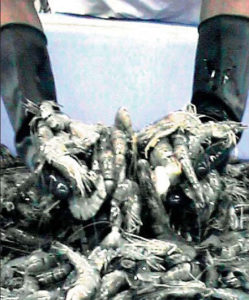
The International Organization for Standardization (ISO) is a worldwide federation of national standards bodies that have developed a series of standards pertaining to quality systems, known as the ISO 9000 family standards. ISO 9002 includes quality systems, installation and servicing, and models for quality assurance in production.
It is a contractual model for quality systems that include production but do not include design. At Thai Union, we decided to implement the ISO 9002 standard to help manage the whole organization to ensure product quality.
ISO 9002 requires the development of quality manuals and documented procedures defining the organization and operation of a quality system. But it is the responsibility of each company to create and maintain these documents, so that they are relevant and appropriate to the specific business operation.
Conclusion
Thailand is the world’s leading producer of farmed shrimp. Close cooperation between the government and the private sector on implementation of shrimp farming techniques and food product standards has been instrumental in the success achieved by Thai shrimp in global markets. Thai Union implements the full range of international quality standards including GMP, SSOP, HACCP, and ISO 9002 in order to meet the needs of its worldwide customers.
(Editor’s Note: This article was originally published in the August 2000 print edition of the Global Aquaculture Advocate.)
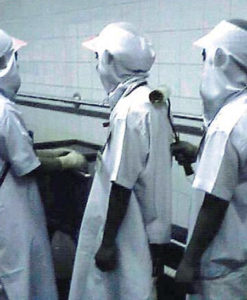
Now that you've reached the end of the article ...
… please consider supporting GSA’s mission to advance responsible seafood practices through education, advocacy and third-party assurances. The Advocate aims to document the evolution of responsible seafood practices and share the expansive knowledge of our vast network of contributors.
By becoming a Global Seafood Alliance member, you’re ensuring that all of the pre-competitive work we do through member benefits, resources and events can continue. Individual membership costs just $50 a year.
Not a GSA member? Join us.
Authors
-
-
Rittirong Boonmachote
Thai Union Frozen Products Public Co.
Related Posts
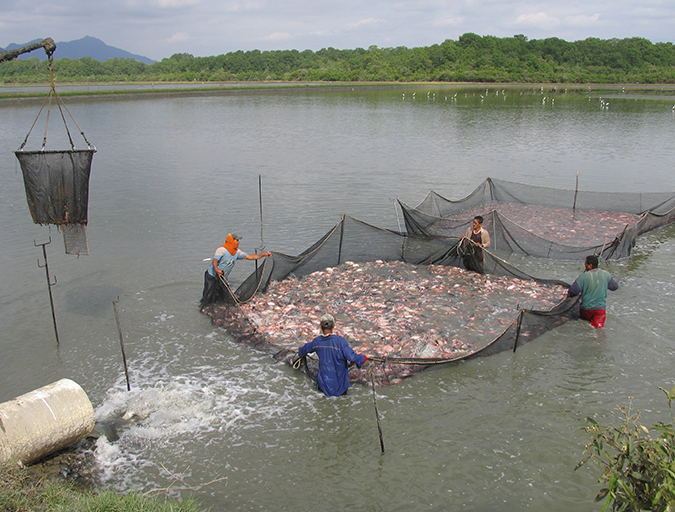
Responsibility
Addressing safety in Latin America’s tilapia supply chain
Over the last decade, the experience gained by many tilapia farmers combined with proficient programs implemented by local governments have significantly improved tilapia production in various Latin American countries like Colombia, Mexico, Ecuador and other important tilapia producers in the region.

Aquafeeds
Analyzing the hydrostability of shrimp feeds
The physical integrity and nutrient leaching of shrimp aquafeeds are important aspects in their quality control. The water stability of shrimp aquafeeds is often evaluated in various subjective manners. This analytical procedure provides a baseline for the aquafeed manufacturer to assess product quality.
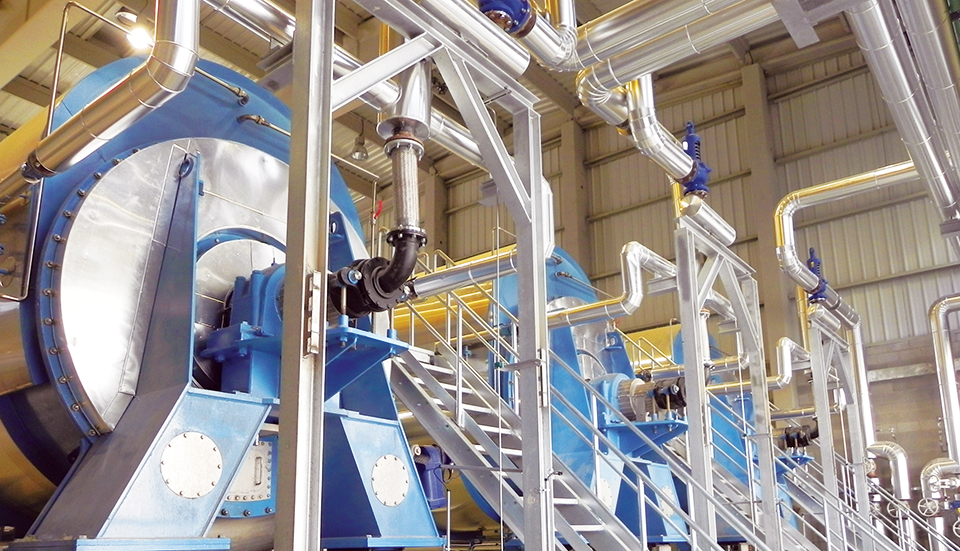
Aquafeeds
Animal byproduct concentrates useful tools in formulation
With the market volatility of fishmeal, as well as rising sustainability concerns, the aquaculture industry is seeking sources of protein, such as animal byproduct concentrates, to substitute for fishmeal.
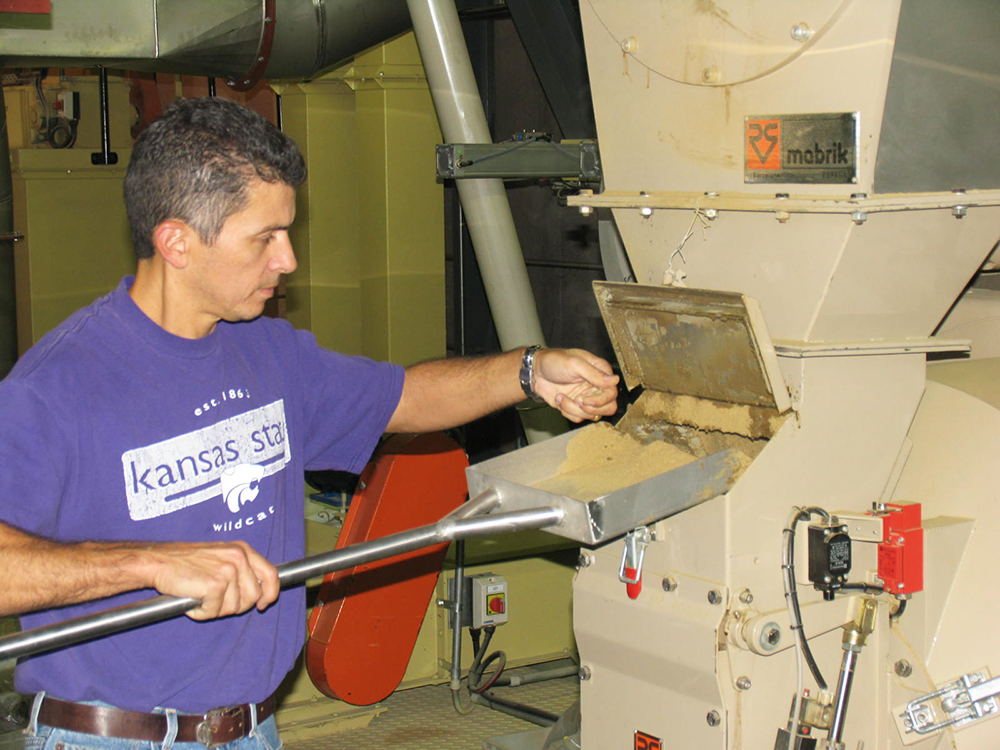
Aquafeeds
Best practices for optimum shrimp feeds
Producing a consistent shrimp feed pellet requires that all ingredients are processed properly and monitored through proper in-line quality assurance.


